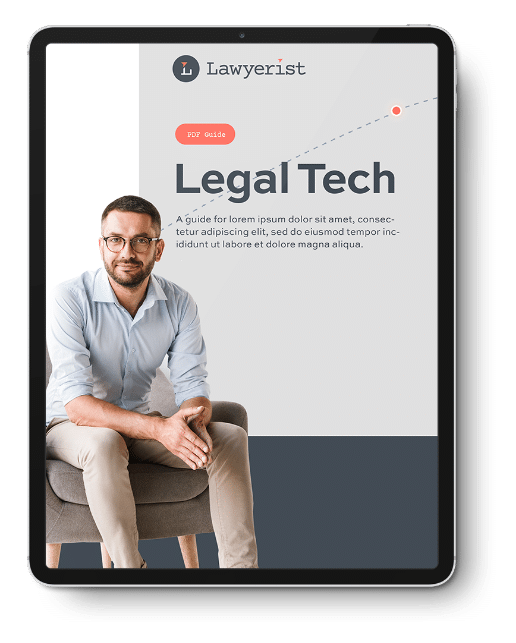Types of Legal Tech For Your Firm
We all know that we need to use technology in our law practices—even if it’s just Microsoft Office.You should, however, be using a host of tools to help your office run smoothly. This collection of software, and how it works together, is called your legal tech stack. Generally, the elements of this stack fall into a clear set of categories, which are outlined below. But it can be made up of anything that helps you run your practice.
As a rule, no matter how well you’ve designed your stack, it could be better. There’s never an end to the search for software tips, tricks, and methods.
Additionally, there’s a maddening amount of information out there. How can we ever be sure we even have enough information to start build or change our legal tech stack?
In this chapter, you’ll learn what categories of software are available. You’ll also discover how to assess your particular needs, and how those needs can help you start building your legal tech stack. Once you’ve identified your needs, our Field Guide to Buying Products & Services is a great next step to assess specific providers.
